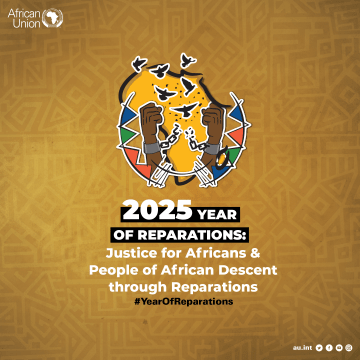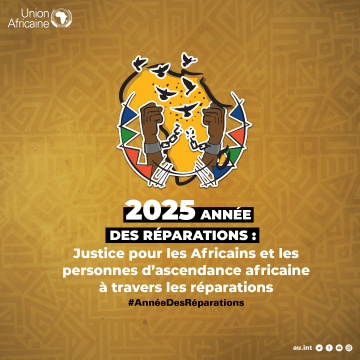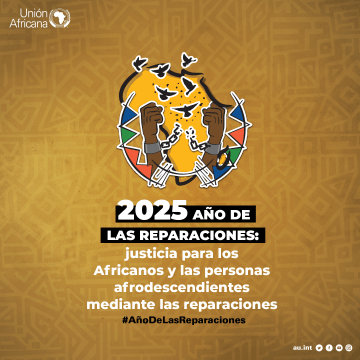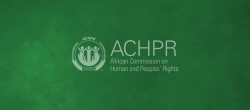Table of Contents Pages
Introduction. 4
Demography 4
Political, economic, social and cultural situation 4
International Treaties on the Protection of Human Rights to which Angola is signatory 6
A. General Information on the Implementation of the African Charter on Human and Peoples’ Rights (ACHPR) in Angola 7
1. Measures adopted on the dissemination and promotion of the African Charter on Human and Peoples’ Rights 7
2. Individual Duties to other Persons, Families and the International Community 7
2.1. Citizens’ compliance with individual duties as outlined in article 29 of the African Charter 8
2.2. Constitutional Protection of Fundamental Rights and Duties 9
3. The African Charter on Human and Peoples’ Rights under the Angolan Legal Framework 9
4. Legal and administrative agencies with jurisdiction over human rights issues 10
5. Constitutional, Political and Legal Framework for Protection of Human Rights 11
B. Specific information on the implementation of the African Charter on Human and Peoples’ Rights 11
1. Civic and Political Rights 11
1.1. Legislative Measures 11
1.2. Administrative and Other Measures 12
1.3. Information on the Right to Participate, the Right to Nationality and to Serve in Public Office 12
1.3.1. The Right to Non-discrimination 13
1.3.2. The right to a name and to citizenship 14
1.4. Administration of Justice (articles 2 to 7 of the African Charter) 16
1.4.1. Access to Justice 17
1.4.2. Juvenile Board 18
1.5. Jail situation 18
1.6. Population movements (Refugees and asylum seekers) 19
1.7. Human trafficking 20
2. Legal and political framework on the elimination of all forms of discrimination 21
3. Information on legislation, judicial decisions and essential regulations 22
4. Information on measures taken to prevent media-sponsored discrimination 24
5. Information on steps taken to ban organizations or propaganda promoting and/or inciting discrimination 24
6. Social, economic, political and legal framework for eliminating discrimination against women 25
7. Protection of Families and vulnerable groups (women, children, disabled persons, elderly and former soldiers) 26
7.1. Protection of Women 26
7.1.1. Against violence 27
7.1.2 Protection of working women 27
7.2. Protection of Children 28
7.2.1. Vulnerable Children 29
7.3. Protection of Older Persons and People with Disabilities 34
7.4. Social Reintegration of Former Soldiers and Dependants 35
7.5. Civil Protection 36
7.5.1. Emergency, disasters and risk situations 36
7.5.2. Removal of Mines and Explosive Devices 37
8. Information on the right to health (article 16 of the African Charter) 37
8.1. Sanitation Status 37
8.2. National Health System 38
8.2.1. Reform of National Health System and Policy 39
8.2.2. Public sector health care expenditure 39
8.3. Access to primary health care 40
8.3.1. Eradication of poliomyelitis and Measles 40
8.3.2. Routine immunization coverage 43
8.3.3. Speedy Reduction of Mother-Child Mortality Rate 2005-2009 44
8.4. Health quality 45
8.4.1. Malaria 46
8.5. Standard of living 47
8.5.1. Food and nutrition security 47
8.5.2. Breast Feeding 48
8.6. Sexually transmissible diseases, including HIV/AIDS 48
9. Information on the right to education (article 17 of the Charter) 51
9.1. National Education System 51
9.2. Education Reform Program 51
9.3. Measures taken to adhere to the right to education 52
9.3.1. Nursery Education 53
9.3.2. Primary education 53
9.3.3. Secondary education 55
9.3.4. Adult education and alphabetization 55
9.3.5. Higher education 56
9.3.6. Teacher training 56
9.3.7. Human rights in the education system 57
9.3.8. The School Meal Program 58
10. Property rights (Article 14 of the Charter) 58
10.1. Legislative, administrative and other measures 59
10.2. The right to housing 60
11. Restrictions on the Exercise of Citizens’ Fundamental Rights and Freedoms 61
12. Factors Inhibiting the Exercise of Rights 62
Bibliography 63
List of abbreviations and acronyms








